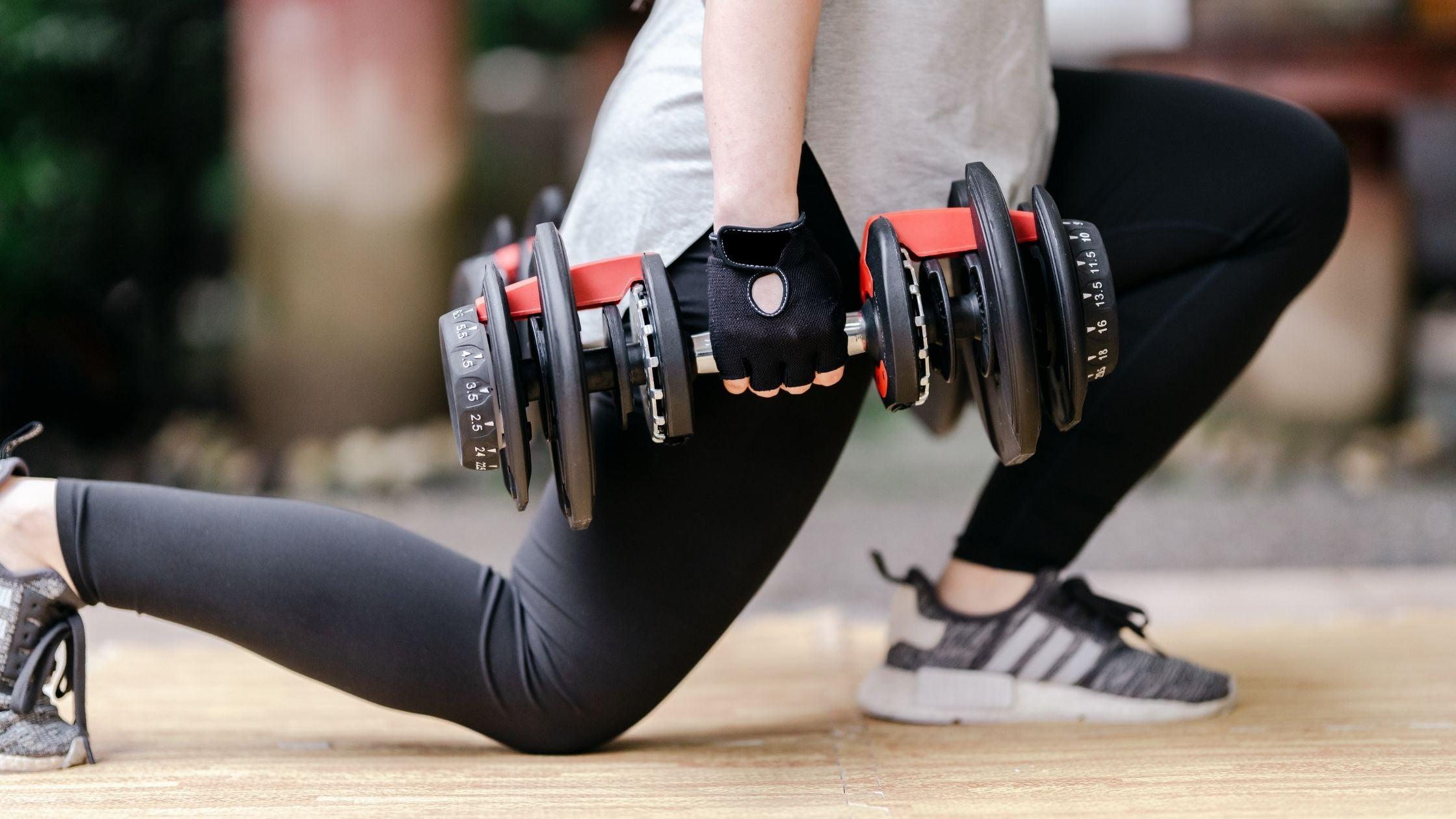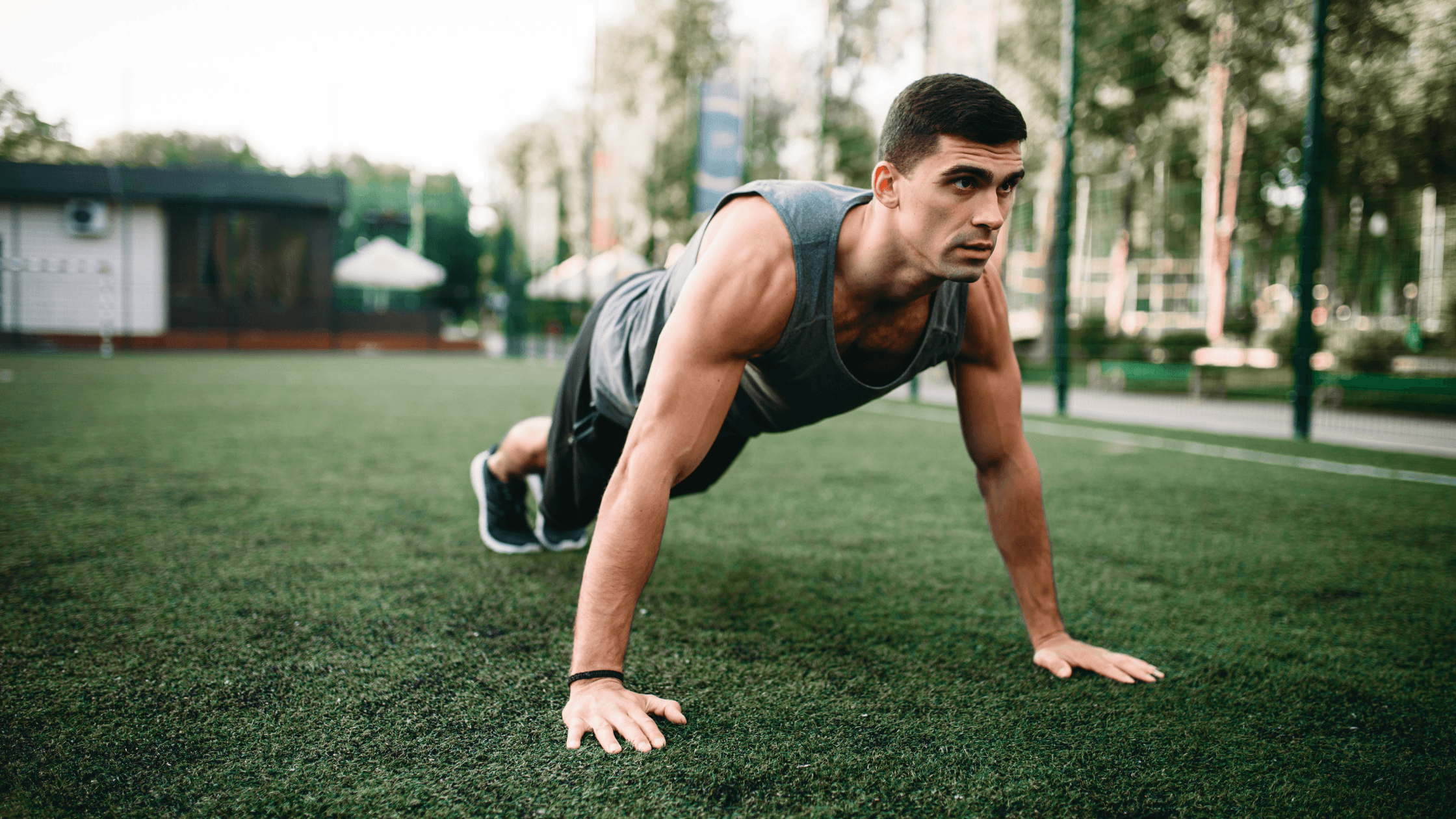Adding stretches as a part of your workout routine is typically similar to any chore—not many people like it, and it’s always more difficult without a plan. So how can you add a quick and effective stretching routine at the end of your workout that doesn’t feel like a chore? First, you start with understanding why stretching is important, then you build a sustainable model that you can execute without ever thinking about it again.
Timing
Stretching routines can be categorized differently based on when you do them, since the placement of your routine should be tailored to different results. The most common occasions for stretching routines are pre-workout, post-workout, and for rehabilitation. For this article, we will be focusing specifically on the importance and goals of a post-workout stretching routine.
Type
There are three main types of stretching, which will be important when developing the right stretching routine for your post-workout. These are static, dynamic and pre-contraction, with static being the most common. Static stretches are held in a single position, like a standing hamstring stretch. In comparison, dynamic stretches move through the range of motion for that muscle group and repeat, like a walking lunge.
Why stretch?
It may be tempting to pick the stretches that feel the best or the easiest, but there is a scientific basis for picking the stretches that will have the best impact. Studies have shown static stretches offers the best results during post-workout routines specifically, but may be detrimental at other times. So, let’s break it down.
One of the most common reasons for stretching is to decrease soreness and injury. A reduction in soreness after static stretching has been seen in some studies, possibly due to the blood flow being temporarily restricted, and then quickly increased at a much higher velocity upon releasing the stretch. That increase in blood flow includes an increase in nutrients and oxygen, which may explain the impact, but further studies are confirming the reasons behind this.
The other common reason for stretching is to improve range of motion and performance. Many studies have found that using static stretches prior to a workout leads to a loss in strength, which happens often enough to have a name: “stretch-induced strength loss”. While that proves detrimental to many exercises, such as running or lifting, this would not have the same relevance if placed after the workout. Conversely, static stretches have been shown to increase range of motion and tolerance to stretching.
As a bonus to the above reasons, static stretching has also been linked to an increase in the parasympathetic nervous system, which reduces heart rates and blood pressure. This greatly aids in relaxation, another good reason to add it to the end of your workout.
Find your routine
So where do you start? If we go back to treating this like any other chore, two things can greatly increase your productivity. We have seen why stretching is important, so now you need a repeatable routine that you are sure not to forget.
One easy method is to think of the nursery rhyme, “Head, shoulders, knees, toes”. If you can handle getting the catchy tune stuck in your head, the lyrics can help guide you. Even if you can’t remember the stretches you like, or the stretches you have picked for your routine, you can guarantee a way to hit all the major muscle groups by simply following along with the song. Starting at the head, make sure you stretch out the neck muscles, thinking up and down as well as left and right. Next, move on to the shoulders, stretching out the muscles all the way down the arms and to the wrist and fingers. On the way to your knees, you can give your waist some attention. Then, move down your legs, focusing on your calves, ankles, and yes, even your toes.
As you go through this routine, remember the concept of static stretches. Move the muscle group all the way to the farthest point of flexibility (without pain) and then hold stationary for 15-30 seconds. This can be repeated 2-3 times if desired.
As reference, here is a 10-15 minute post-workout stretching routine, from head to toe:
- Neck stretches
- Pull chin to chest and hold
- Look up and back and hold
- Use hands to hold the neck to the left and right
- Cross-body shoulder stretch
- Stretch one arm to your opposite side
- Hold with opposite hand
- Chest stretch
- Grasp hands behind your back
- Push hands backward to elongate arms
- Triceps stretch
- Place one arm high in the air
- Place that hand behind your head, bending at elbow
- Use opposite arm to hold elbow and pull gently
- Wrist extensor stretch
- Hold one arm out straight in front of you with palm out, fingers up
- Use opposite hand to hold fingers and stretch towards face
- Side stretch
- Feet together, hands on hips
- Lean left and right and hold each time
- Standing quad stretch
- Lift one foot back, bending at knee
- Hold with same side hand
- Groin stretch
- In a seated position, bend knees and bring heels together
- Push your knees toward the floor and hold
- Hamstring stretch
- Place feet together and extend legs outward
- Point toes down
- Reach for your toes and hold
- Seated calf stretch
- Place feet together and extend legs outward
- Point toes up
- Reach for your toes and hold
- Cross leg ankle stretch
- Extend one leg
- Bring opposite foot over extended leg into figure four shape
- Pull your foot toward your back and hold
- Cross leg toe stretch
- In same position as above, use extended leg as a brace
- Hold toes in a curled position
- Hold toes in an extended position
And remember, finish your stretches with a long deep breath, and reap the benefits of a well-rounded workout.




Laisser un commentaire
Ce site est protégé par hCaptcha, et la Politique de confidentialité et les Conditions de service de hCaptcha s’appliquent.